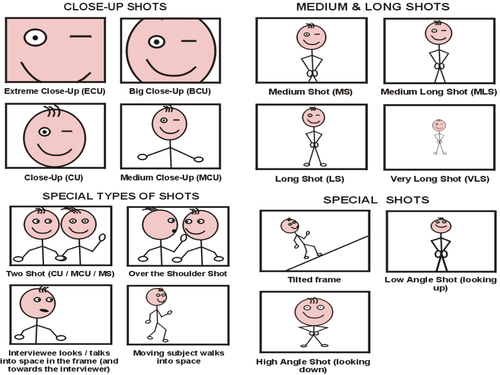in this post i am finding out the language of moving image because each media form has its own set of rules. we must understand the terminology.
Space, scale, size are the three fundamental principles.
camera focus– the rack focus. This can be used to draw attention to a certain character or main focus. This can also be used to transition something into the scene.
E.G we see Bonds drink being poisoned and it is highlighted in the scene where he notices by switching the focus.
For my film, I would like to use this technique to introduce the villain.
- High angle / Low angle / bulls-eye / birds eye / canted angle
- Tracking / Panning / Craning / Tilting / Hand held / Steadicam
- Establishing Shot / Long Shot / Medium Shot / Close-up / Big Close-Up / Extreme Close Up
Shot sizes can be used to present a scene in a specific way, for example: a close eye shot of the eyes can create tension or emotion without having the character necessarily acting. – I will be using a close up shot to capture fear in my main characters eyes as she realises she is being watched.
Insert shot this focuses on a specific object or person to place emphasis. This can be used to have the viewer make a mental note which will be applied later in the film.
Edit– editing is placing sequences together, you are stitching things together accompanied by the camera movement and placement. Editing in specific ways can create specific outcomes for the viewer.
- EDIT ON ACTION
- EDIT ON A MATCHING SHAPE, COLOUR, THEME
- EDIT ON A LOOK, A GLANCE, EYELINE
- EDIT ON A SOUND BRIDGE
- EDIT ON A CHANGE OF SHOT SIZE
- EDIT ON A CHANGE OF SHOT CAMERA POSITION (+30′)
- cutting in film is an effective way to show passing of time or different locations or even flashbacks. I would want to use a cut which shows different locations at the same time (parallel editing.)
parallel editing
The use of sequential editing (editing one clip to another) allows for a number of key concepts to be produced:
- parallel editing: two events editing together – so that they may be happening at the same time, or not?
- flashback / flash-forward – allowing time to shift
Montage consists of number of shots put together to inform the audience context to a character or situation.
i would use this to show my character walking/running then cutting to a different clip of the stalker following her.
Montage
montage is taking various separate clips and placing them together creating: a period of time, a metaphor, contrast or change. This can also create new meaning within a video.
shot sequencing
- establishing shot / ES, moving to
- wide shot / WS,
- to medium shot / MS,
- to close up / CU,
- to big close up / BCU;
- and then back out again
this is used to create realism and believability VERSIMILITY
I could use this to capture the moment that the girl is running through the woods trying to escape the attacker.
Shot / Reverse Shot
The basic sequence runs from a wide angle master shot that is at a 90′ angle to (usually) two characters. This sets up the visual space and allows the film-maker to to then shoot separate close-ups, that if connected through an eye-line match are able to give the impression that they are opposite each other talking. The shots are usually over the shoulder.
I would use this within my work to show 2 characters on the phone.

